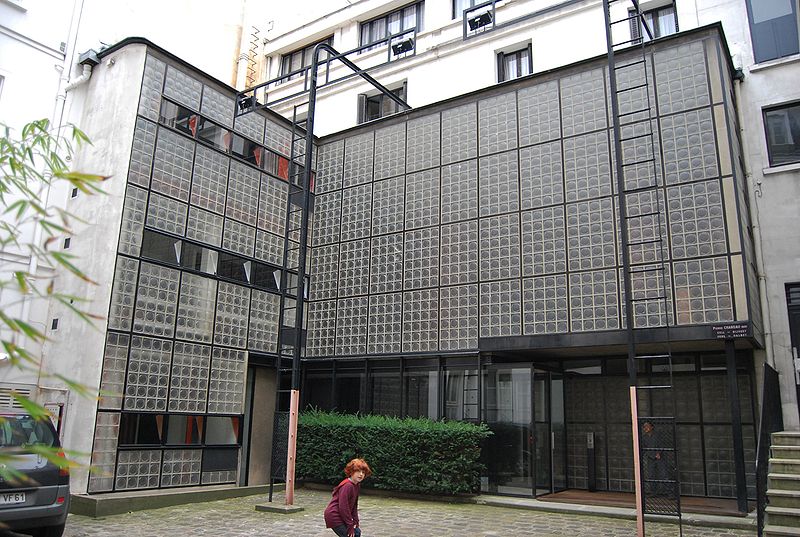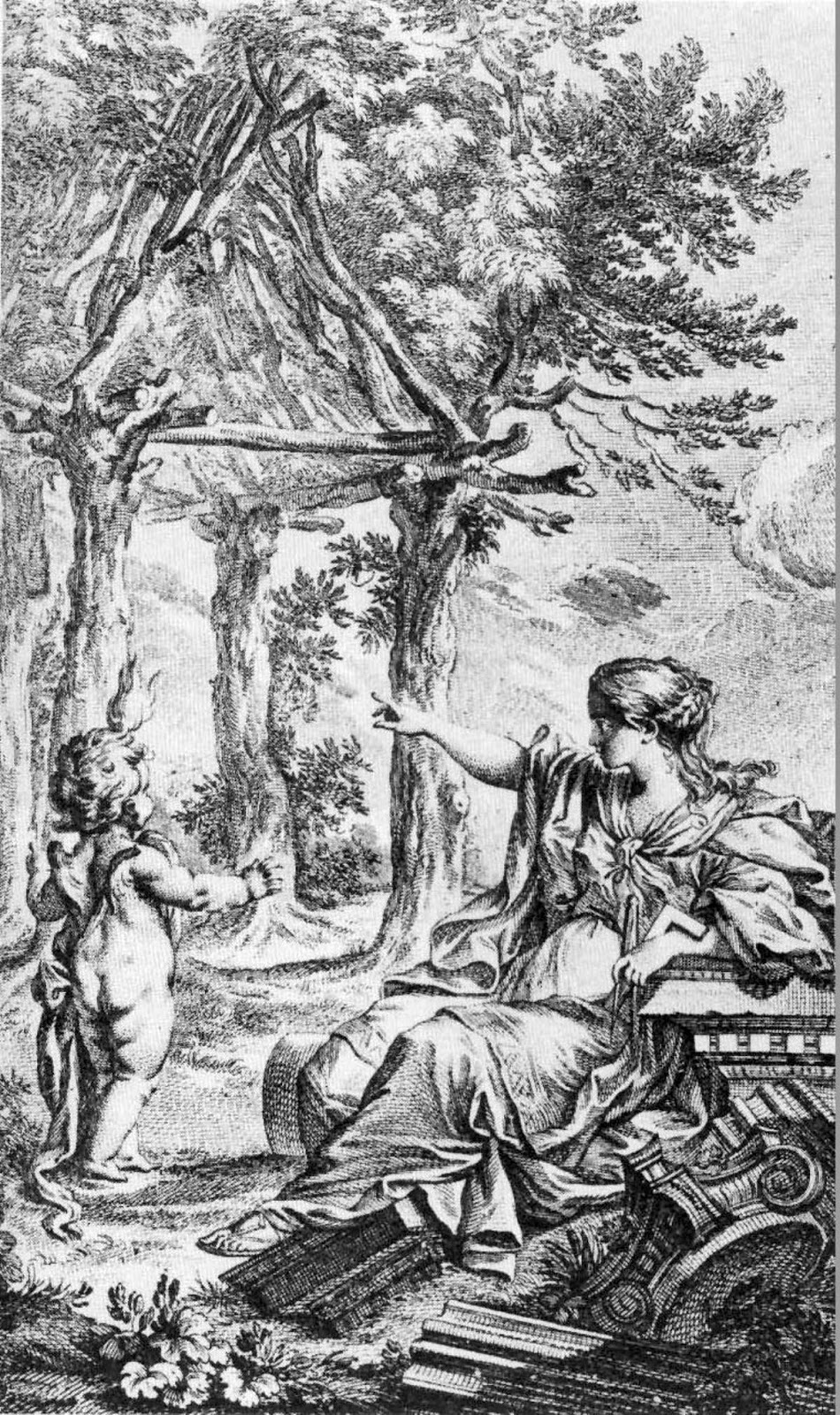Architects are funny creatures. We love buildings. When we travel, generally, we don’t want to go to the beach or resorts. No. We want to go look at buildings! This post is the first in an intermittent series of posts intended to share those buildings, and maybe other designed objects, that I find particularly inspiring.

The first building I want to discuss is one which most architect’s have knowledge of, but most non-architects have never heard of: the Maison De Verre, in Paris by Pierre Chareau and Bernard Bijvoet. The house and office was built for a doctor whose office was on the ground floor with his house on the floors above. It was completed in 1931. The family had purchased a part of a larger building in Paris, known as a hotel particular, but were unable to buy the occupied floor above. So they had to build a new house under the existing, occupied floor above. They did this by supporting the upper floor with steel and then inserting the new, largely glass faced, house underneath.
The house is famous in architectural circles for several reasons: the use of glass in various forms (including Nevada Bricks, now known generically as “glass block”) which gave the house it’s name, and the use of exposed steel structure and metal panels throughout the house. This site has some great pictures of the house, including construction pictures.
I was able to visit this house twice in 1989. The first time with my graduate school class, the second time as part of a tour of other architects. This house is both straight forward and complex. It is “industrial” and luxurious. It is a masterful example of how to make “modern” cozy without diluting it. The house is clearly crafted, making expressive use of a variety of materials. The design is not afraid of texture or color and it embraces traditional furniture and rugs within it’s crafted, industrial shell. What I like most is that it is not “slick”. It feels crafted. The scale is very human, very comfortable. The interior is spectacular and cozy. This is also a nice short film (24 minutes) about Chareau and this house.




